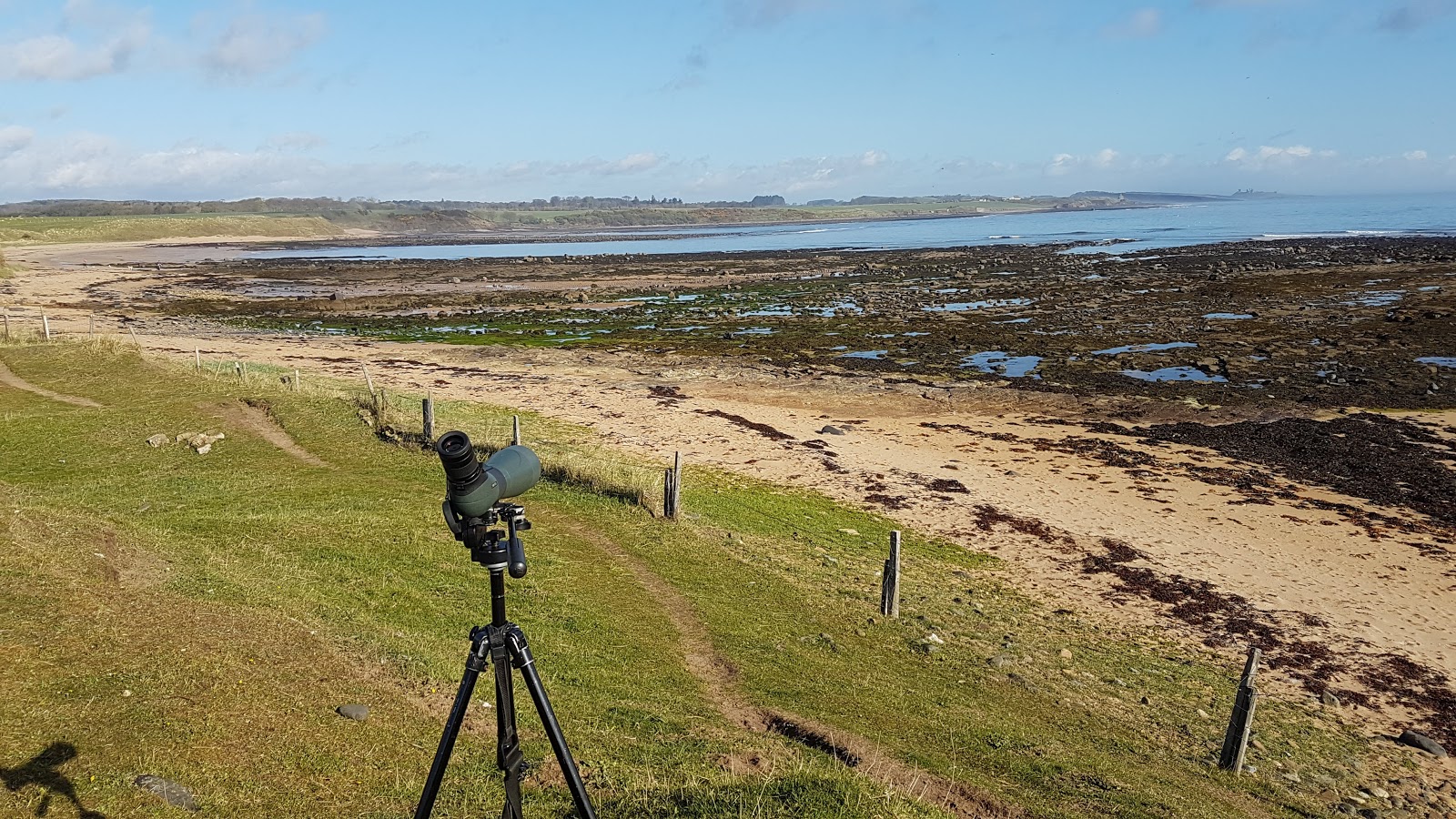What a poor mothing year this has been so far and this weekend and week
to come for that matter, doesn't change things. Its been very cold, often with
a stiff northerly breeze and clear skies, Possibly the worst conditions for
garden moth trapping.
Still we plug along with regular trapping, only missing out on the many grim
days and using any window of opportunity available.

|
|
Clockwise from top left - Common Carpet, Yellow barred Brindle, Garden
Carpet and Brown Silver Line.
|

|
|
Clockwise from top left - Small Square Spot, Rustic Shoulder Knot, White
Ermine and Water Carpet
|

|
|
Clockwise from Top Left - Ancylis badiana, Brown Rustic, Pale Prominent
and Cinnabar.
|
The species selection by using the Garden Robinson Trap and a small bucket
trap a couple of times in our village wood has produced 54 species -
Agonopterix heracliana/ciliella (Agonopterix heracliana agg.) 24
17.011 a moth (Ypsolopha ustella) 1
18.001 Diamond-back Moth (Plutella xylostella) 1
28.010 Brown House-moth (Hofmannophila pseudospretella) 2
29.001 a moth (Diurnea fagella) 2
32.007 a moth (Agonopterix ocellana) 1
32.017 a moth (Agonopterix arenella) 10
44.001 Many-plumed Moth (Alucita hexadactyla) 2
45.044 Common Plume (Emmelina monodactyla) 2
49.076 a moth (Acleris cristana) 1
49.214 a moth (Ancylis badiana) 3
70.049 Garden Carpet (Xanthorhoe fluctuata) 2
70.061 Common Carpet (Epirrhoe alternata) 1
70.066 Shoulder Stripe (Earophila badiata) 1
70.067 Streamer (Anticlea derivata) 1
70.094 Small Phoenix (Ecliptopera silaceata) 2
70.095 Red-Green Carpet (Chloroclysta siterata) 2
70.101 Mottled Grey (Colostygia multistrigaria) 5
70.103 Water Carpet (Lampropteryx suffumata) 21
70.106 Winter Moth (Operophtera brumata) 1
70.141 Double-striped Pug (Gymnoscelis rufifasciata) 3
70.156 Brindled Pug (Eupithecia abbreviata) 8
70.200 Yellow-barred Brindle (Acasis viretata) 2
70.202 Early Tooth-striped (Trichopteryx carpinata) 3
70.222 Brown Silver-line (Petrophora chlorosata) 1
70.237 Early Thorn (Selenia dentaria) 3
70.239 Purple Thorn (Selenia tetralunaria) 1
70.245 March Moth (Alsophila aescularia) 11
70.247 Pale Brindled Beauty (Phigalia pilosaria) 7
70.255 Dotted Border (Agriopis marginaria) 6
71.020 Pale Prominent (Pterostoma palpina) 2
72.001 Herald (Scoliopteryx libatrix) 1
72.020 White Ermine (Spilosoma lubricipeda) 2
72.031 Cinnabar (Tyria jacobaeae) 2
73.032 Nut-tree Tussock (Colocasia coryli) 11
73.069 Early Grey (Xylocampa areola) 16
73.102 Brown Rustic (Rusina ferruginea) 1
73.158 Rustic Shoulder-knot (Apamea sordens) 1
73.194 Chestnut (Conistra vaccinii) 35
73.195 Dark Chestnut (Conistra ligula) 2
73.201 Pale Pinion (Lithophane socia) 3
73.209 Red Sword-grass (Xylena vetusta) 2
73.210 Satellite (Eupsilia transversa) 16
73.241 Pine Beauty (Panolis flammea) 2
73.242 Clouded Drab (Orthosia incerta) 28
73.244 Common Quaker (Orthosia cerasi) 46
73.245 Small Quaker (Orthosia cruda) 14
73.247 Powdered Quaker (Orthosia gracilis) 20
73.249 Hebrew Character (Orthosia gothica) 372
73.250 Twin-spotted Quaker (Anorthoa munda) 3
73.325 Shuttle-shaped Dart (Agrotis puta) 1
73.334 Small Square-spot (Diarsia rubi) 12
73.336 Red Chestnut (Cerastis rubricosa) 41
74.004 Least Black Arches (Nola confusalis) 1
Not as much as there should be at this stage in the year but enough to keep
the interest going...Lets hope the weather in June improves and we get a
scorcher of a summer!







































